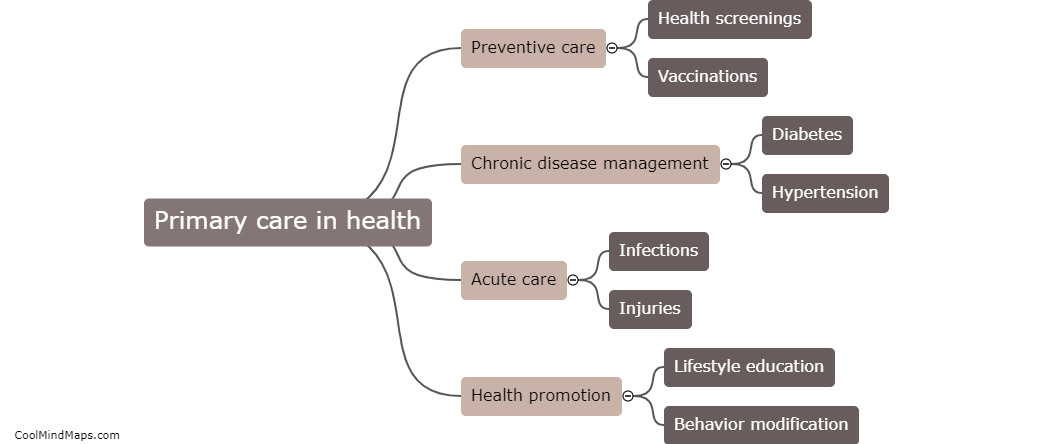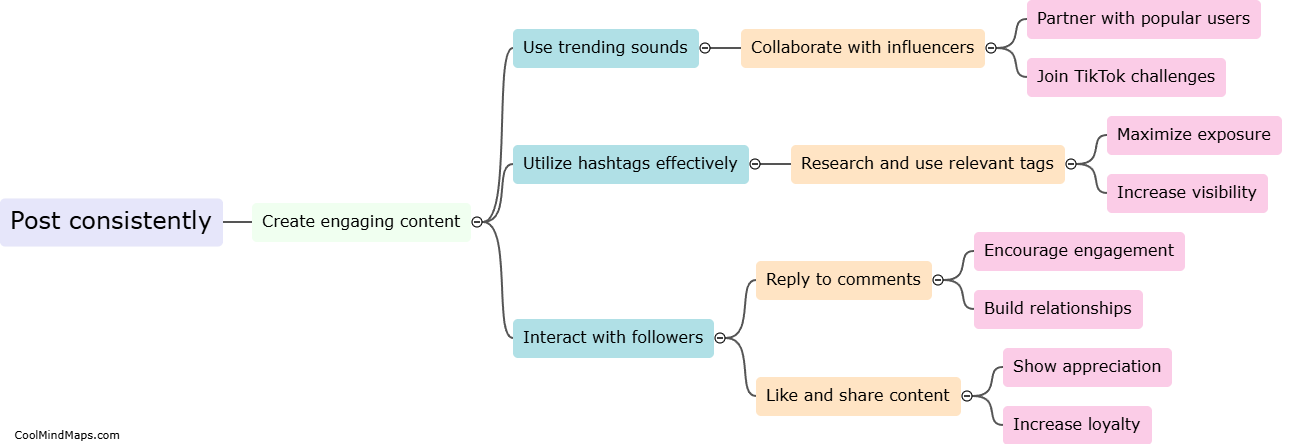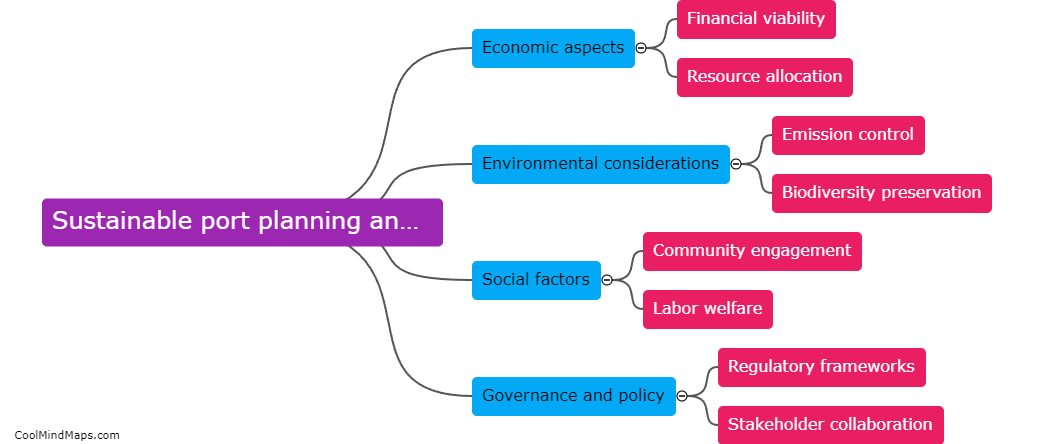How does a syntax analyzer work?
A syntax analyzer, also known as a parser, is a crucial component of a compiler that analyzes the structure of a program written in a particular programming language. It checks for grammatical correctness according to the rules specified in the language's grammar. The process begins with tokenization, where the input code is split into tokens representing individual elements such as keywords, identifiers, and operators. The parser then uses a formal grammar, such as a context-free grammar, to determine if the arrangement of tokens follows the syntax rules of the language. If any errors are found, the parser generates error messages to help the programmer correct the code. Ultimately, the syntax analyzer helps in converting the source code into a format that the compiler can understand and translate into machine code.

This mind map was published on 19 July 2024 and has been viewed 86 times.











